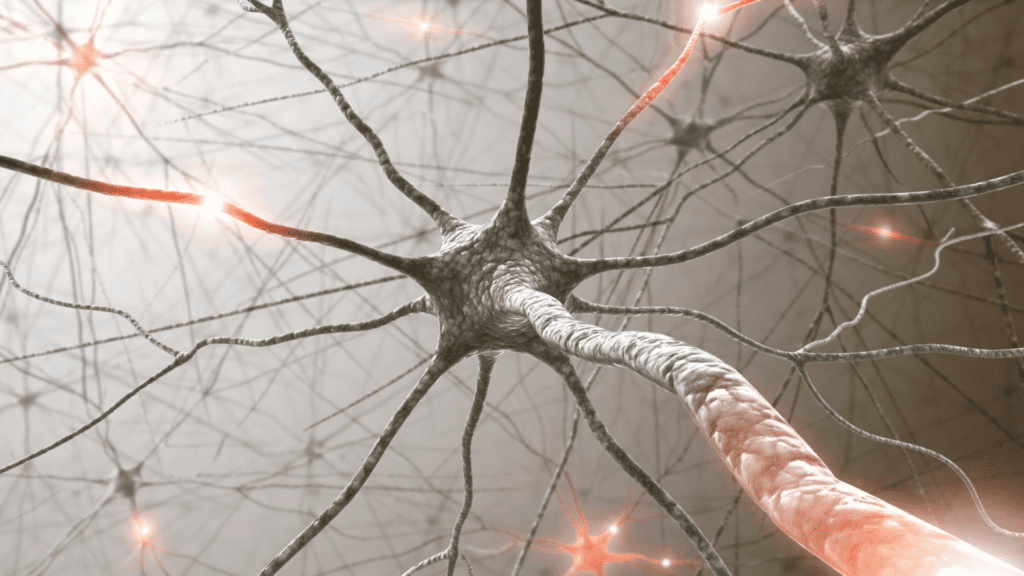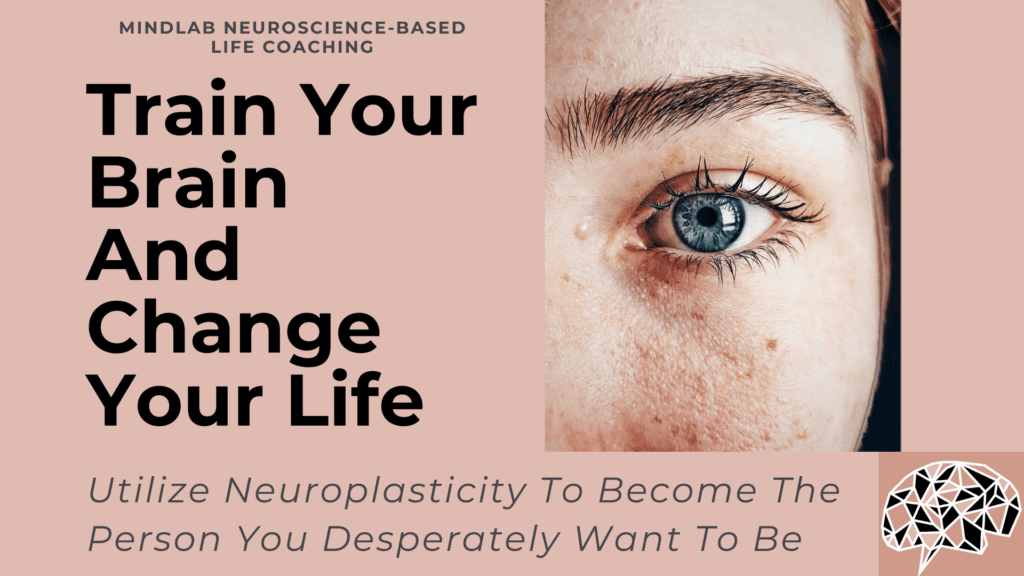The Power of Brain Plasticity
Brain plasticity, also known as neuroplasticity, is the brain’s ability to reorganize itself by forming new neural connections throughout life. This phenomenon allows the neurons in the brain to compensate for injury and disease and to adjust their activities in response to new situations or changes in their environment.
This incredible ability means that we can change old thinking habits that are no longer advantageous, abolish negative aspects of our personality that have been causing problems, and even recover from brain injuries. By understanding and harnessing neuroplasticity, we can take control of our mental health and cognitive functions, leading to personal growth and improved well-being.
What Is Brain Plasticity?
Brain plasticity is the brain’s capacity to change and adapt as a result of experience. This ability plays a crucial role in learning, memory, and recovery from brain injuries.
Types of Brain Plasticity
- Structural Plasticity: Changes in the physical structure of the brain.
- Functional Plasticity: The brain’s ability to move functions from damaged areas to undamaged areas.
How Neuroplasticity Actually Works
Brain plasticity operates through various mechanisms, including:
- Synaptic Plasticity: Strengthening or weakening of synapses.
- Neurogenesis: Formation of new neurons.
- Reorganization: Shifting functions from one brain area to another.

Factors Influencing Brain Plasticity
Several factors can influence brain plasticity, including:
- Age: Younger brains are more plastic.
- Environment: Stimulating environments can enhance brain plasticity.
- Behavior: Repetitive behaviors and learning new skills can strengthen neural pathways.
Benefits of Brain Plasticity
Harnessing brain plasticity can lead to numerous benefits, such as:
- Improved cognitive functions
- Enhanced memory
- Better recovery from brain injuries
- Increased mental flexibility
Techniques to Enhance Brain Plasticity
- Mindfulness and Meditation: Practices that focus on the present moment can enhance neural connections.
- Physical Exercise: Regular exercise promotes neurogenesis.
- Learning New Skills: Engaging in new activities stimulates brain plasticity.
- Healthy Diet: Nutrients like omega-3 fatty acids support brain health.
Using Brain Plasticity to Make Life Changes
Brain plasticity not only helps in recovery and learning but also in making significant life changes. Here’s how you can use the malleable nature of your brain to improve various aspects of your life:
- Changing Perspective:
- By actively engaging in positive thinking and reframing negative thoughts, you can reshape your brain’s neural pathways to adopt a more optimistic outlook on life.
- Techniques like cognitive-behavioral therapy (CBT) have been shown to promote plastic changes that help in altering thought patterns.
- Changing Behaviors:
- Breaking bad habits and forming new, healthier ones can be achieved through consistent practice and repetition, which strengthen new neural connections.
- Behavioral changes can be supported by understanding and avoiding triggers, and by creating an environment conducive to the new behavior.
- Responses to Stress:
- Mindfulness and stress-reduction techniques can help rewire the brain to respond more calmly to stressors.
- Regular practice of relaxation techniques like yoga and meditation can enhance the brain’s resilience to stress.
- Overcoming Inherited Biases:
- Exposure to diverse perspectives and active engagement in inclusive practices can help in reducing inherent biases by forming new neural connections.
- Continuous learning and open-mindedness are key to reshaping the brain’s response to different stimuli.
- Abolishing Anxiety and Panic Attacks:
- Neuroplasticity can help in mitigating anxiety and panic attacks by rewiring the brain to respond differently to anxiety triggers.
- Techniques such as exposure therapy, mindfulness, and deep breathing exercises can help create new neural pathways that reduce anxiety responses.
- Regular practice of these techniques can lead to long-term changes in how the brain processes anxiety, resulting in fewer and less intense panic attacks.
How Neuroplasticity Contributes to Stress Management
Brain plasticity plays a significant role in stress management by enabling the brain to adapt and reorganize itself in response to stressors. This adaptability allows individuals to develop more effective coping mechanisms and reduce the negative impact of stress on mental health.
- Adaptation to Stress: Brain plasticity facilitates the brain’s ability to adapt to stress by reorganizing neural pathways. This adaptability helps in managing stress responses more effectively, allowing individuals to cope better with stressful situations.
- Reversal of Stress-Induced Damage: Chronic stress can lead to structural changes in the brain, such as atrophy of neurons and reduced neurogenesis. However, brain plasticity enables the reversal of these changes through interventions like physical exercise, mindfulness, and cognitive therapy, which promote the growth of new neurons and the strengthening of synaptic connections.
- Enhancement of Resilience: By engaging in practices that promote brain plasticity, such as meditation and positive visualization, individuals can enhance their resilience to stress. These practices help rewire the brain to respond more calmly to stressors, reducing anxiety and promoting a balanced emotional state.
- Reduction of Inherited Stress Responses: Brain plasticity allows for the modification of inherited stress responses and biases. Through intentional practices like cognitive-behavioral therapy and mindfulness, individuals can reshape their neural pathways, leading to healthier responses to stress and a reduction in automatic negative reactions.
- Improvement in Emotional Regulation: Brain plasticity supports the development of better emotional regulation skills by strengthening neural circuits involved in managing emotions. This can lead to more effective stress management and a decrease in stress-related disorders.
How Brain Plasticity Helps in Overcoming Inherited Biases
Brain plasticity can play a crucial role in overcoming inherited biases by reshaping neural pathways and promoting more adaptive and inclusive thinking patterns. Here’s how:
- Awareness and Education:
- Understanding that biases are often deeply ingrained and biologically rooted can be the first step in overcoming them. Education about brain plasticity and its potential can empower individuals to take proactive steps towards change.
- Exposure to Diversity:
- Actively seeking out diverse experiences and perspectives can help rewire the brain to be more open and accepting. This can involve engaging with different cultures, reading diverse literature, and participating in inclusive communities.
- Mindfulness Practices:
- Mindfulness and meditation can help individuals become more aware of their biases and automatic reactions. By observing these thoughts without judgment, individuals can begin to change their responses and reduce the influence of biases.
- Cognitive-Behavioral Techniques:
- Techniques such as cognitive-behavioral therapy (CBT) can help individuals identify and challenge biased thoughts. By consistently practicing these techniques, new, more inclusive neural pathways can be formed.
- Positive Reinforcement:
- Reinforcing positive behaviors and thoughts can strengthen new neural connections that support unbiased thinking. This can be achieved through self-affirmations, positive feedback, and rewarding inclusive behavior.

Practical Applications of Neuroplasticity in Daily Life
Brain plasticity is not just a theoretical concept; it has practical applications that can be integrated into daily life to foster personal growth and mental well-being. Here are some ways to apply brain plasticity principles:
- Developing New Skills:
- Learning a new language, musical instrument, or hobby can create new neural pathways, enhancing cognitive flexibility and creativity.
- Continuous education and skill development keep the brain engaged and adaptable.
- Building Healthy Relationships:
- Positive social interactions and strong relationships can stimulate brain plasticity, promoting emotional health and resilience.
- Engaging in meaningful conversations and active listening can strengthen neural connections related to empathy and understanding.
- Creating a Positive Environment:
- Surrounding yourself with a supportive and stimulating environment can enhance brain plasticity. This includes having access to educational resources, engaging in community activities, and maintaining a positive home atmosphere.
- Decluttering and organizing your space can also reduce stress and promote mental clarity.
- Practicing Gratitude:
- Regularly practicing gratitude can rewire the brain to focus on positive experiences, enhancing overall happiness and well-being.
- Keeping a gratitude journal or expressing thanks to others can strengthen neural pathways associated with positive emotions.
- Setting and Achieving Goals:
- Setting realistic and achievable goals can motivate the brain to form new neural connections related to planning, problem-solving, and perseverance.
- Celebrating small victories and progress can reinforce positive behaviors and boost self-confidence.
The Future of Brain Plasticity Research
The field of brain plasticity is continually evolving, with ongoing research uncovering new insights into how the brain can change and adapt. Future advancements may lead to innovative therapies for neurological disorders, enhanced learning techniques, and more effective mental health interventions.
- Neurorehabilitation:
- Research into brain plasticity is paving the way for new rehabilitation methods for stroke, traumatic brain injury, and other neurological conditions.
- Techniques like virtual reality, brain-computer interfaces, and neurofeedback are being explored to enhance recovery and improve quality of life.
- Educational Innovations:
- Understanding brain plasticity can lead to the development of more effective teaching methods that cater to individual learning styles and needs.
- Personalized education programs that leverage plasticity principles can enhance student engagement and academic performance.
- Mental Health Treatments:
- Brain plasticity research is contributing to the development of new treatments for mental health disorders such as depression, anxiety, and PTSD.
- Integrative approaches that combine traditional therapies with plasticity-enhancing practices are showing promise in improving mental health outcomes.
Personal Experience with Neuroplasticity-Based Coaching
As the founder of MindLAB Neuroscience-Based Life Coaching for over two decades now, I have witnessed incredible transformations in my clients. By leveraging the principles of neuroplasticity, my clients have mitigated depressive thoughts, abolished anxiety, and increased their emotional regulation. I’ve seen a genuinely remarkable lessening of their PTSD symptoms, regulation of OCD behaviors, and a significant enhancement of their mental acuity. These changes are not just theoretical; they are real, tangible improvements that have profoundly enhanced my clients’ quality of life. Brain plasticity offers a powerful tool for personal growth and mental well-being, and it is truly rewarding to see the positive impact it can have on individuals.




